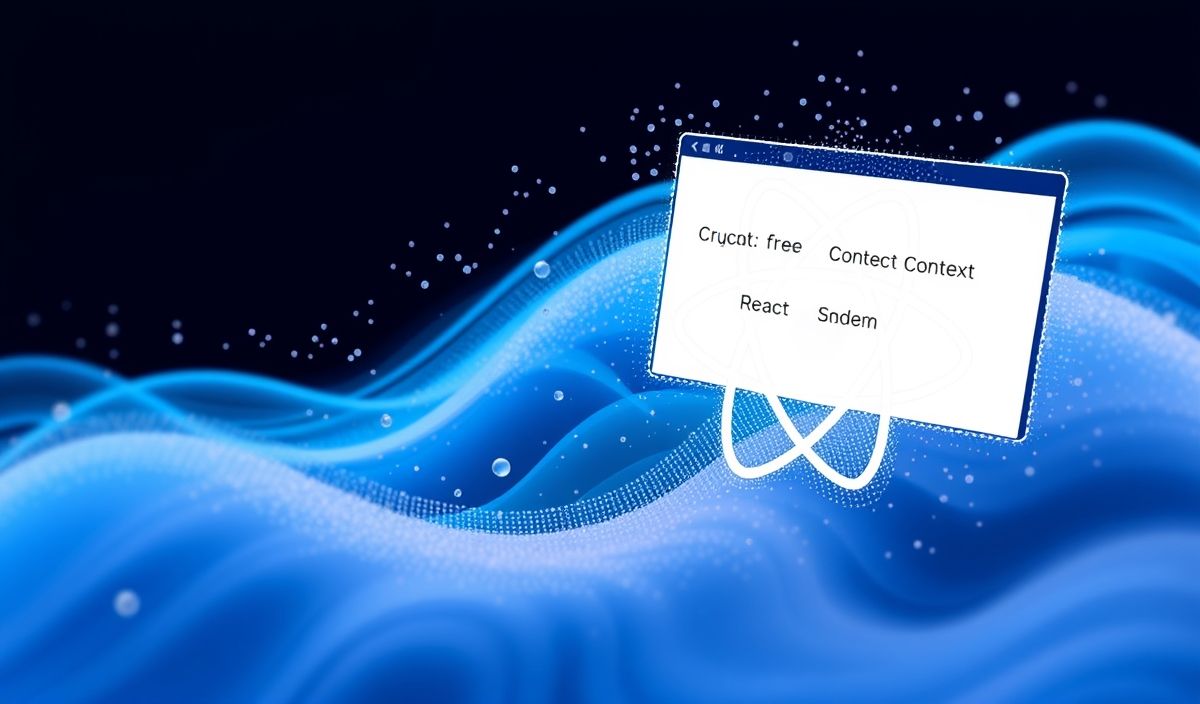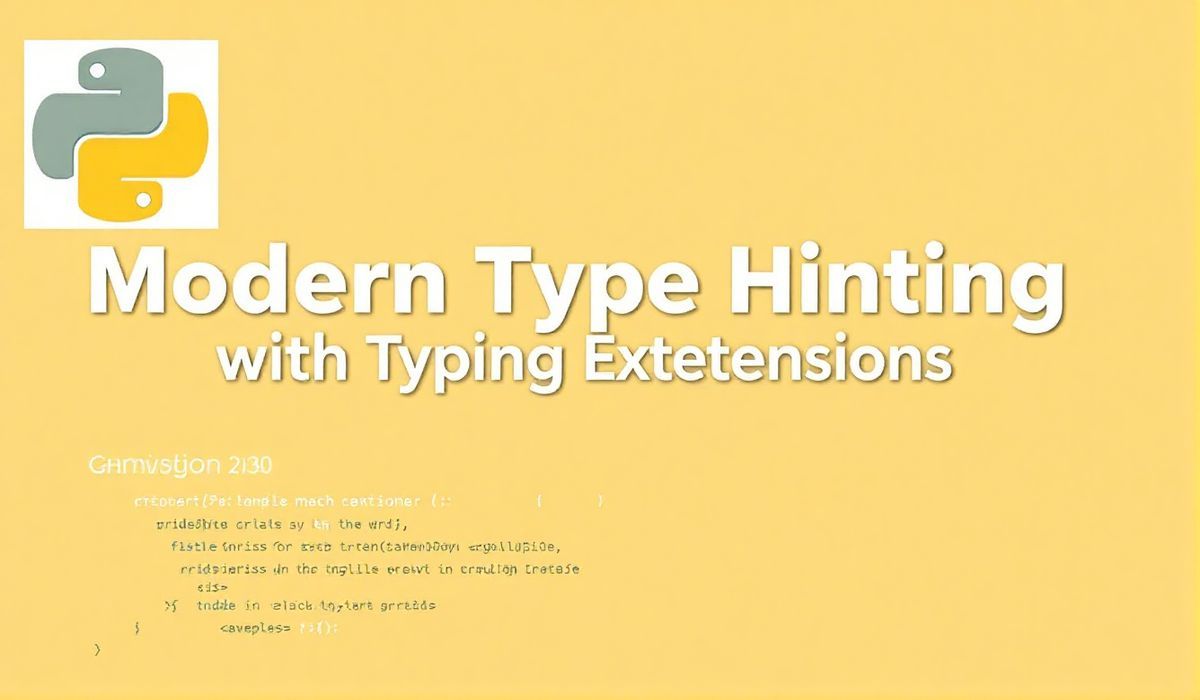Introduction to Mongorito
Mongorito is a lightweight and fast MongoDB ODM (Object Data Modeling) framework for Node.js. It provides a simple and intuitive API for working with MongoDB databases. Whether you’re a beginner or an experienced developer, Mongorito can significantly simplify your database operations.
Getting Started with Mongorito
To get started with Mongorito, you need to install it using npm:
npm install mongorito --save
Connecting to a Database
First, you need to connect to a MongoDB database:
const { Database } = require('mongorito');
const db = new Database('mongodb://localhost:27017/mydatabase');
await db.connect();
Defining a Model
Define a model by extending the Model class provided by Mongorito:
const { Model } = require('mongorito');
class Post extends Model {}
CRUD Operations
Here are some basic CRUD operations you can perform with Mongorito:
Create
const post = new Post({
title: 'My first post',
body: 'This is the content of my first post'
});
await post.save();
Read
const posts = await Post.find();
const post = await Post.findOne({ title: 'My first post' });
Update
const post = await Post.findOne({ title: 'My first post' });
post.set('body', 'This is the updated content of my first post');
await post.save();
Delete
const post = await Post.findOne({ title: 'My first post' });
await post.remove();
Advanced Queries
Mongorito allows for advanced querying capabilities:
const recentPosts = await Post.where('created_at').gte('2023-01-01').find();
const specificPosts = await Post.where('author').equals('John Doe').find();
Using Plugins
You can enhance the functionality of your models with plugins:
const { plugin } = require('mongorito');
const timestampPlugin = (Model) => {
Model.before('save', async (model) => {
const now = new Date();
model.set('updated_at', now);
if (!model.get('created_at')) {
model.set('created_at', now);
}
});
};
db.use(timestampPlugin);
Application Example
Here is a basic example of an application using Mongorito:
const { Database, Model } = require('mongorito');
const db = new Database('mongodb://localhost:27017/blog');
await db.connect();
class Post extends Model {}
class Comment extends Model {}
const post = new Post({
title: 'Mongorito is Awesome',
body: 'Mongorito makes working with MongoDB a breeze!',
});
await post.save();
const comment = new Comment({
post_id: post.get('_id'),
author: 'Jane Doe',
text: 'I completely agree!',
});
await comment.save();
const posts = await Post.find();
const comments = await Comment.where('post_id', post.get('_id')).find();
console.log(posts, comments);
With this example, you can see how easy it is to create, read, update, and delete data using Mongorito and how to define relationships between different collections.
Hash: 276442236b6e2e086409e7558f9d32bfdfb60aa6e1bfdf1d1d097dcefe783eeb




